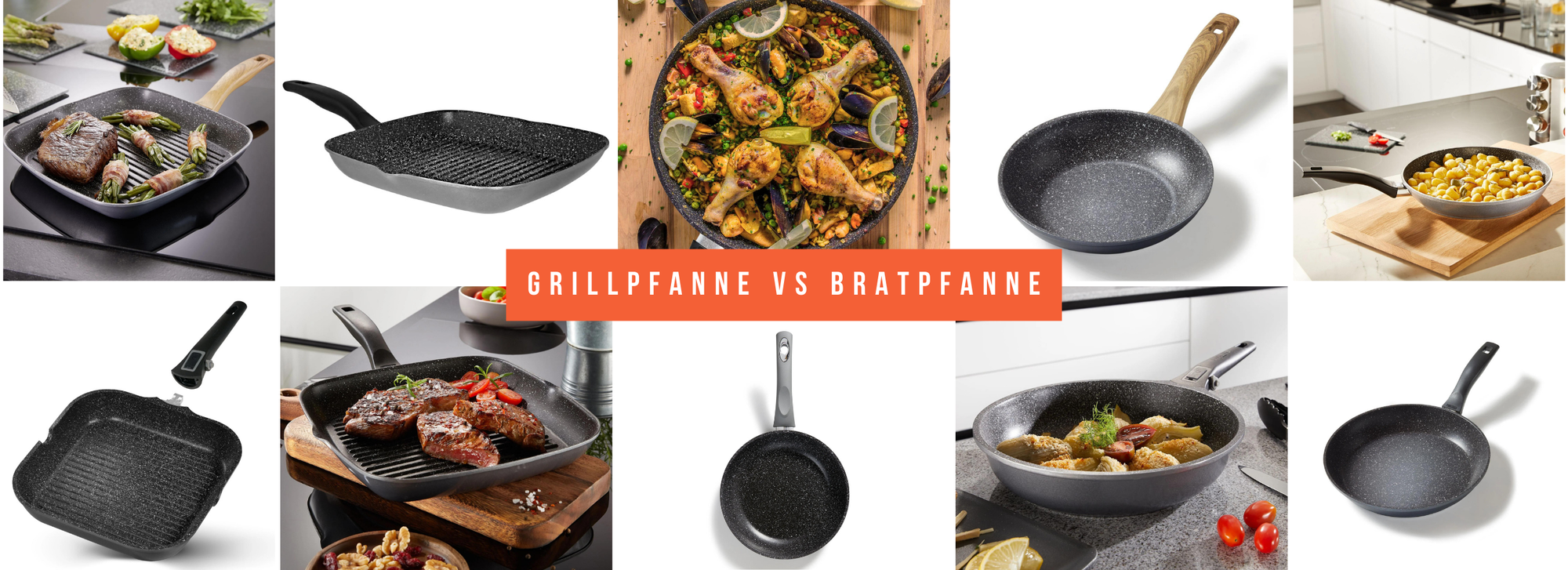Grilling vegetables is an art form that can elevate even the simplest of dishes. It’s a technique that transforms produce into smoky, caramelized delights that tantalize the taste buds. The key to successful vegetable grilling lies in the right preparation, temperature, and timing.
Why Grill Vegetables?

Flavor Explosion: Grilling imparts a smoky, charred flavor that can’t be replicated by other cooking methods.
Choosing the Right Vegetables
Not all vegetables are created equal when it comes to grilling. Here are some of the best options:
Hearty Vegetables: Potatoes, sweet potatoes, and winter squash are perfect for grilling. Cut them into thick slices or wedges, drizzle with olive oil, and season with salt and pepper.
Preparing Vegetables for Grilling
Proper preparation is essential for successful vegetable grilling. Here are some tips:
Cut Vegetables Evenly: This ensures even cooking.
Grilling Techniques
There are two main techniques for grilling vegetables: direct and indirect heat.
Direct Heat: This method is best for quick-cooking vegetables like asparagus, bell peppers, and mushrooms. Place the vegetables directly over the heat source and grill for a few minutes per side.
Zeiteinteilung is Everything
The key to perfect grilled vegetables is timing. Overcooked vegetables can become mushy, while undercooked vegetables will be tough. Use a meat thermometer to check the internal temperature of your vegetables.
Flavorful Finishing Touches
Once your vegetables are grilled to perfection, it’s time to add the finishing touches. Here are a few ideas:
Sauces and Dressings: Drizzle with balsamic glaze, pesto, or a simple vinaigrette.
Beyond the Grill
Grilled vegetables can be enjoyed in a variety of ways. Here are a few ideas:
Salads: Toss grilled vegetables with your favorite greens, herbs, and dressing.
By following these tips, you can create delicious and healthy grilled vegetable dishes that will impress your friends and family. So fire up the grill and get cooking!
Deep frying, an age-old culinary technique, is a method that involves submerging food in hot oil to cook it. It’s a technique that can transform simple ingredients into extraordinary dishes, with a crispy exterior and a tender interior. The allure of deep-fried food lies in its ability to satisfy cravings, evoke nostalgia, and tantalize the taste buds.
The Science Behind the Sizzle
The science behind deep frying is a complex interplay of heat, oil, and food. When food is submerged in hot oil, the water molecules on its surface rapidly vaporize, creating steam that pushes the food away from the oil. This process, known as the Leidenfrost effect, helps to protect the food from burning. As the food continues to cook, the oil penetrates the surface, creating a crispy, golden-brown crust.
The Gattung of Oil Selection
The type of oil used for deep frying is crucial to the final product. High-smoke-point oils, such as vegetable oil, peanut oil, and canola oil, are ideal for deep frying as they can withstand high temperatures without breaking down. The oil should be heated to the correct temperature, typically between 350°Fluor and 375°Fluor (177°Kohlenstoff to 190°Kohlenstoff), to ensure even cooking and a crispy result.
The Allure of Deep-Fried Comfort Foods
Deep-fried foods have a special place in the hearts of many. From classic comfort foods like french fries and onion rings to more adventurous fare like fried chicken and doughnuts, there’s a deep-fried delight to satisfy every craving. The crispy, golden-brown exterior and the warm, flavorful interior create a textural contrast that is both satisfying and indulgent.
The Deep-Fried Food Festspiel
Imagine a world where deep-fried food reigns supreme. A world where creativity knows no bounds and culinary innovation takes center stage. A world where the possibilities are endless.
Picture a vibrant festival, where the aroma of sizzling oil fills the air. Vendors showcase their deep-fried masterpieces, from deep-fried Oreos to deep-fried Twinkies. The crowd buzzes with excitement, eager to sample the latest deep-fried sensation.
As you wander through the festival, your senses are overwhelmed. The crispy, golden-brown treats beckon you from every corner. You can’t resist the temptation to indulge in a plate of deep-fried pickles, followed by a deep-fried Snickers Gaststätte.
The Dark Side of Deep-Fried Delights
While deep-fried foods are undeniably delicious, it’s important to consume them in moderation. Deep-fried foods are high in calories, fat, and sodium, which can contribute to weight gain and other health problems. However, by choosing healthier oils and portion control, you can still enjoy the occasional deep-fried treat without compromising your health.
The Future of Deep Frying
As culinary trends continue to evolve, so too does the art of deep frying. Chefs are experimenting with new techniques and ingredients, pushing the boundaries of what’s possible. From air fryers to sous vide, there are innovative ways to achieve the crispy, golden-brown perfection of deep-fried food without the excess oil.
Despite the challenges and controversies surrounding deep frying, there’s no denying its enduring appeal. Whether it’s a classic comfort food or a modern culinary creation, deep-fried food continues to captivate our taste buds and spark our imaginations.